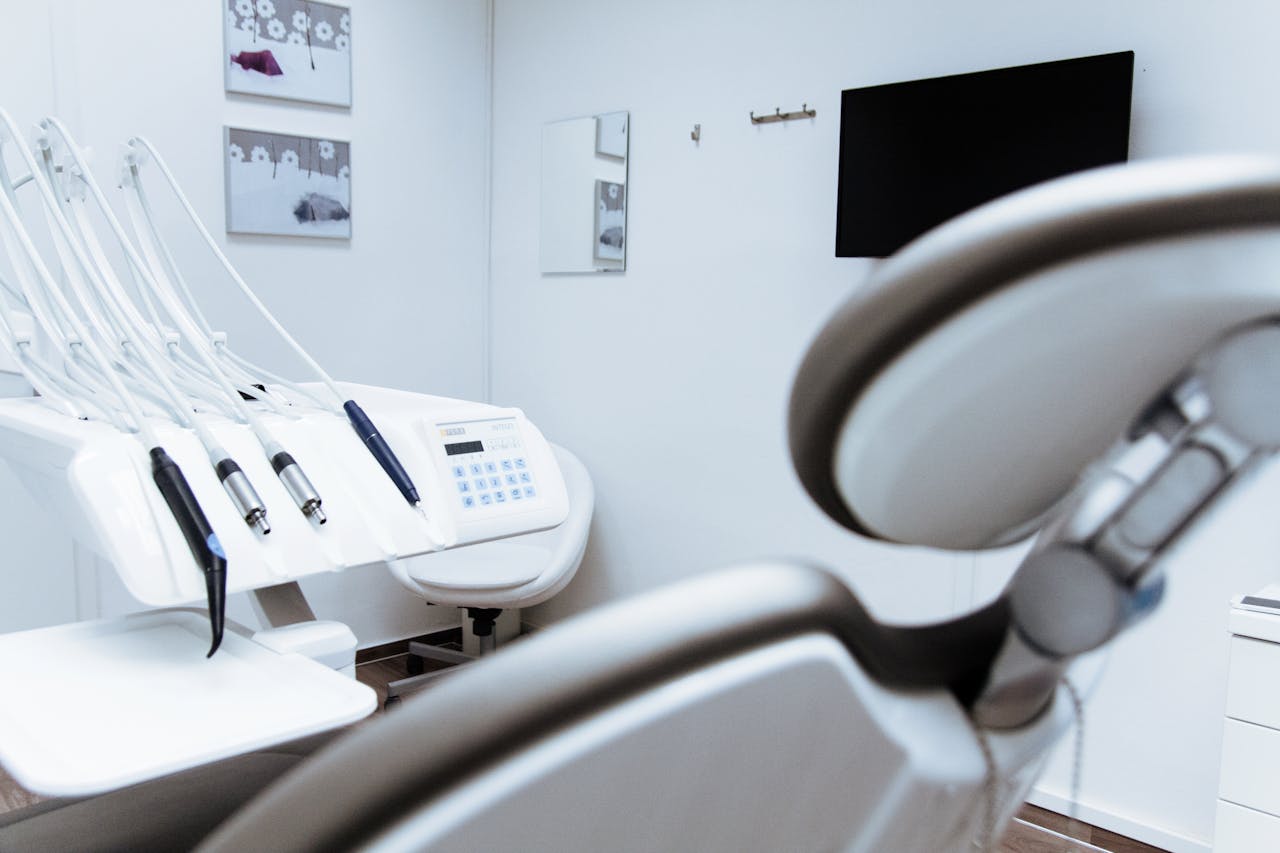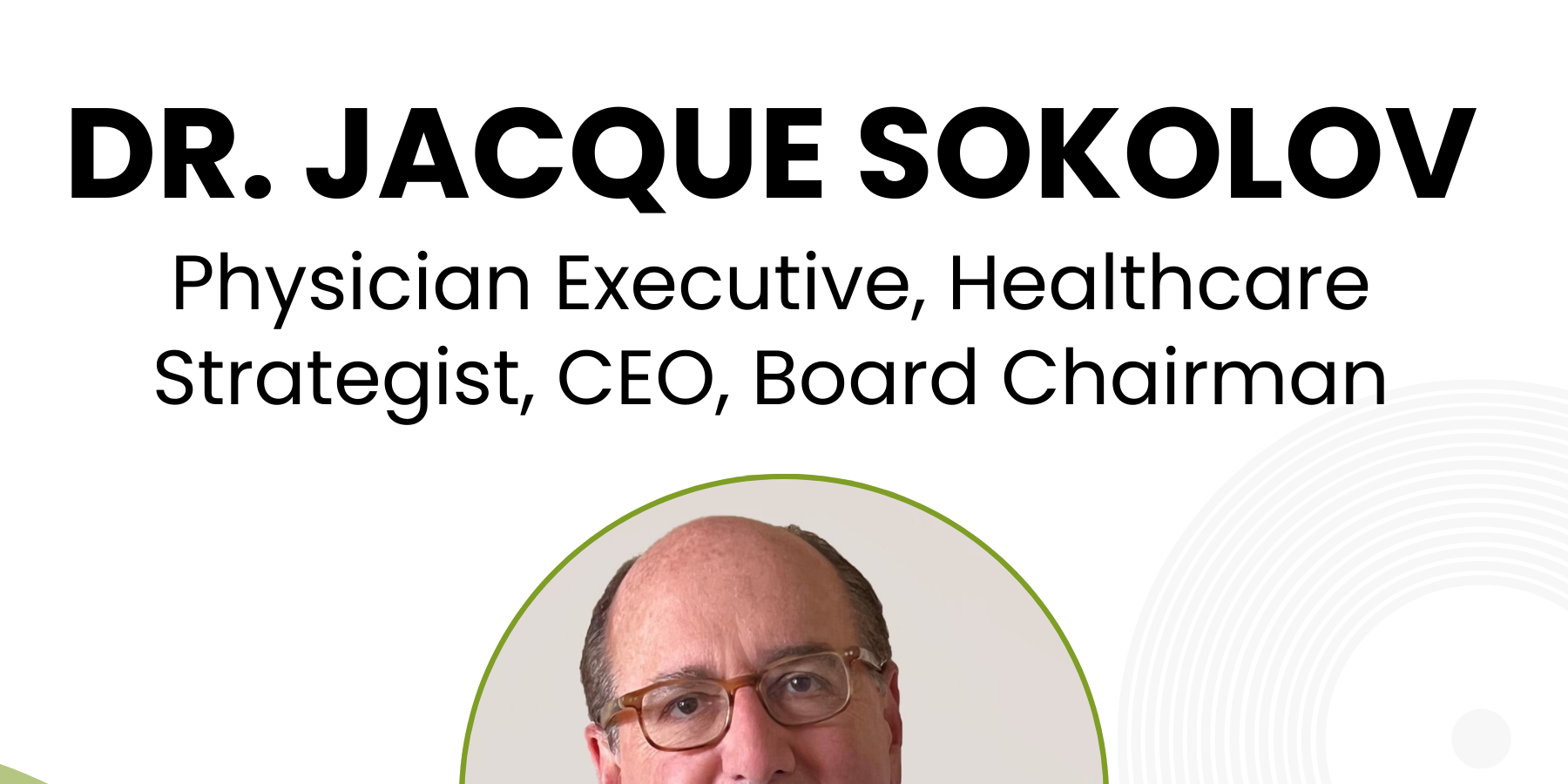The U.S. Healthcare System: A Broken Market in Need of Reform

Americans from all walks of life agree that healthcare costs in the United States are exorbitant. Despite spending $4.5 trillion on healthcare in 2022, which is twice as much per capita as other developed nations, the outcomes do not justify the expenditure. Legislative efforts to control these costs have failed, largely because they address symptoms rather than the underlying issues. The U.S. healthcare system operates more like a market than a controlled system, with the majority of Americans covered by private insurance or Medicare Advantage. However, this market is plagued by inefficiencies, primarily due to a lack of information transparency and trust.
An interesting article published in Forbes this week discussed potential solutions. For a market to function effectively, it needs transparency, competition, consumer choice, innovation, appropriate regulation, and trust. While the U.S. healthcare market has competition, choice, innovation, and regulation, it lacks transparency and trust. Consumers and providers often do not know the costs of medical procedures until after the services are rendered, which stifles the ability to compare prices and make informed decisions. To address this, the healthcare industry needs intelligent marketplaces – imagine a system similar to Expedia or Uber, where real-time information on prices and quality is readily available.
Additionally, the healthcare sector must modernize its outdated technology infrastructure to facilitate real-time data sharing and improve security to build trust. The integration of generative AI can play a significant role in handling vast amounts of healthcare data, enhancing price transparency, and ensuring data security.
By embracing price transparency, enhancing security, and adopting modern IT solutions, the U.S. healthcare market can become more efficient and consumer-friendly, ultimately leading to lower costs and better patient outcomes.
We discussed the current landscape of healthcare in the U.S. on our recent investment webinar. You can watch the webinar here.
Read more about this on Forbes here.









